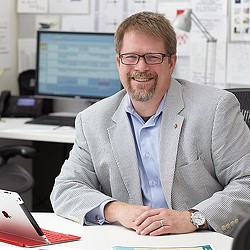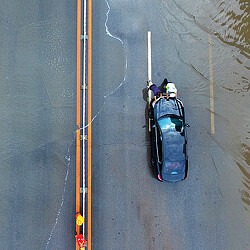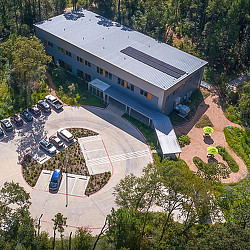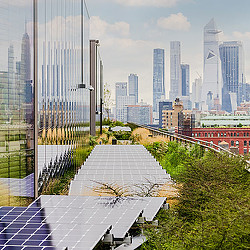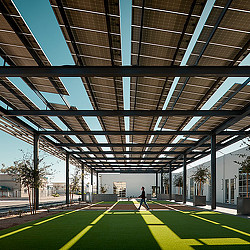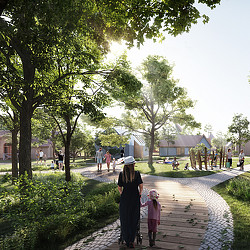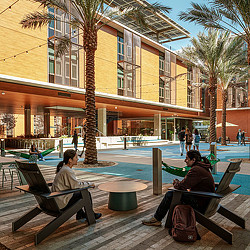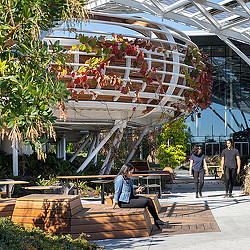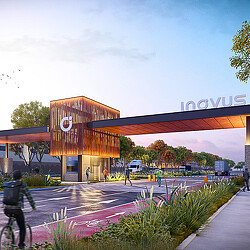Laying the Groundwork for Climate Preparedness
Gensler’s Resilience Preparedness Framework develops concrete actions that designers can take to address climate shifts.
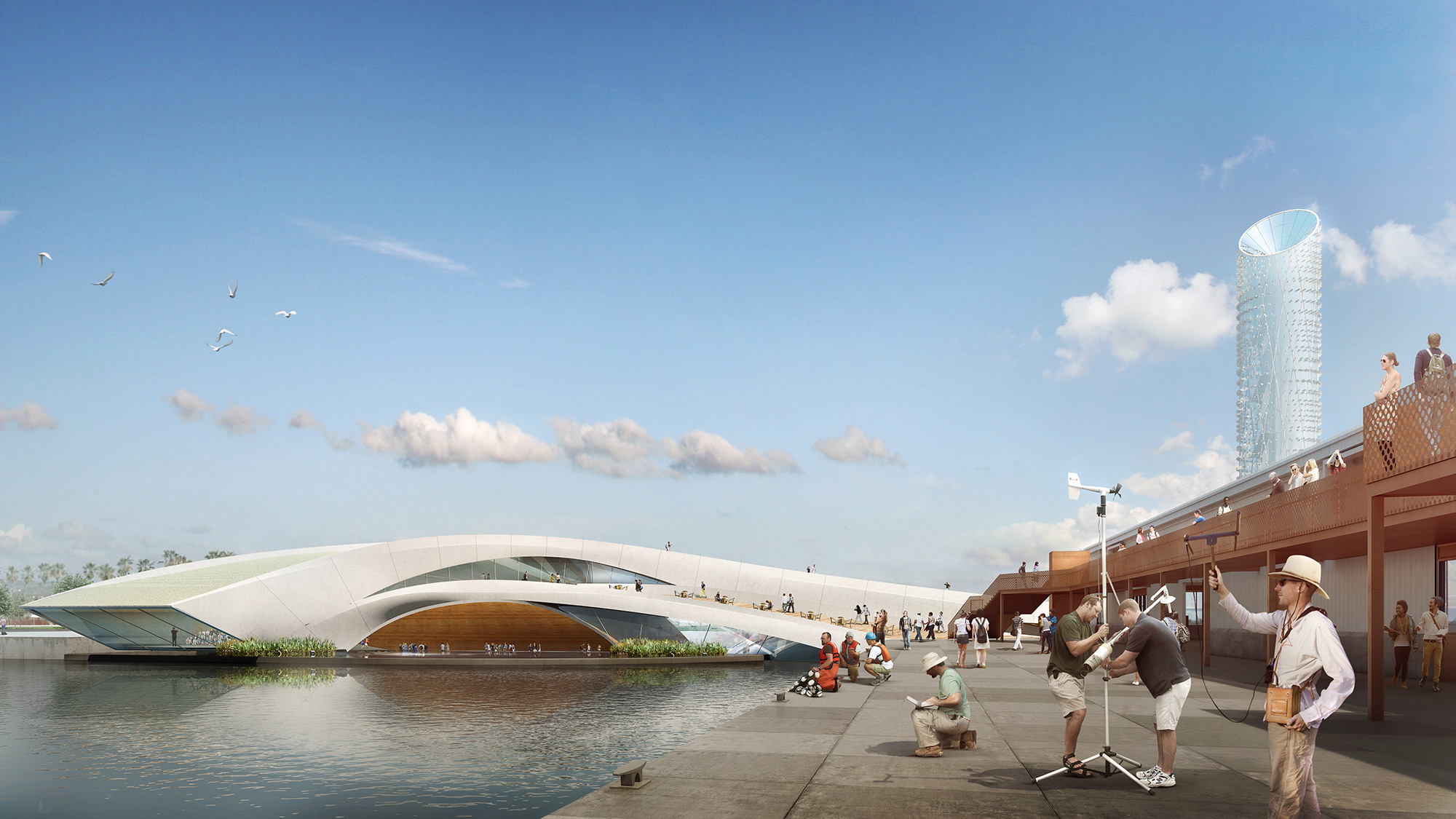
This May, a derecho with 100 mph winds struck the Houston metro area, leaving seven dead and one million without power. Living in Houston, I experienced firsthand the devastating consequences that extreme weather events can have. This is becoming an annual, monthly, and daily reality where our population once again must face inundation, reconstruction, and long-term economic and insurability impacts.
This is why we at the Gensler Research Institute launched our annual U.S. Climate Action Survey. In our 2023 survey, we found that 90% of survey respondents were recently impacted by at least one severe weather event. Extreme heat was the most reported environmental stressor, with a majority of respondents also being impacted by extreme cold, heavy precipitation, windstorms, drought, and flooding.
How worried are you about the impacts of environmental stressors on the following?

These single events are matched by long-term and chronic shocks that impact quality of life, community integrity, and regional economic viability. Every time we turn on the news, we are witnessing repeated climate-driven displacement and infrastructure degradation. This ongoing crisis is driving an uncertain outlook throughout the global population. People everywhere are worried about the impacts of climate change on daily life.
Younger generations in particular are more aware of the seeming increase of long-term uncertainty around the stability of community. Nearly half of Gen Z respondents to our survey believe they will need to move in the next five years due to environmental issues. Climate change is creating an uncertain future.
Recent severe weather events in North America have thankfully come with relatively little loss of life or loss of property. However, these events have had a significant impact on the durability and stability of the business atmosphere. Disturbingly, there are now investors who say that the cost of doing business in climate-challenged areas exceeds the value of being there. Add to this the uncertainty of real estate values and future insurability, and you have a recipe for business and population shifts within cities and between states. The stranded real estate asset rapidly becomes the stranded neighborhood, to a scale we have not seen since the real estate collapse of industrial powerhouses in the rust belt like Detroit and Cleveland.
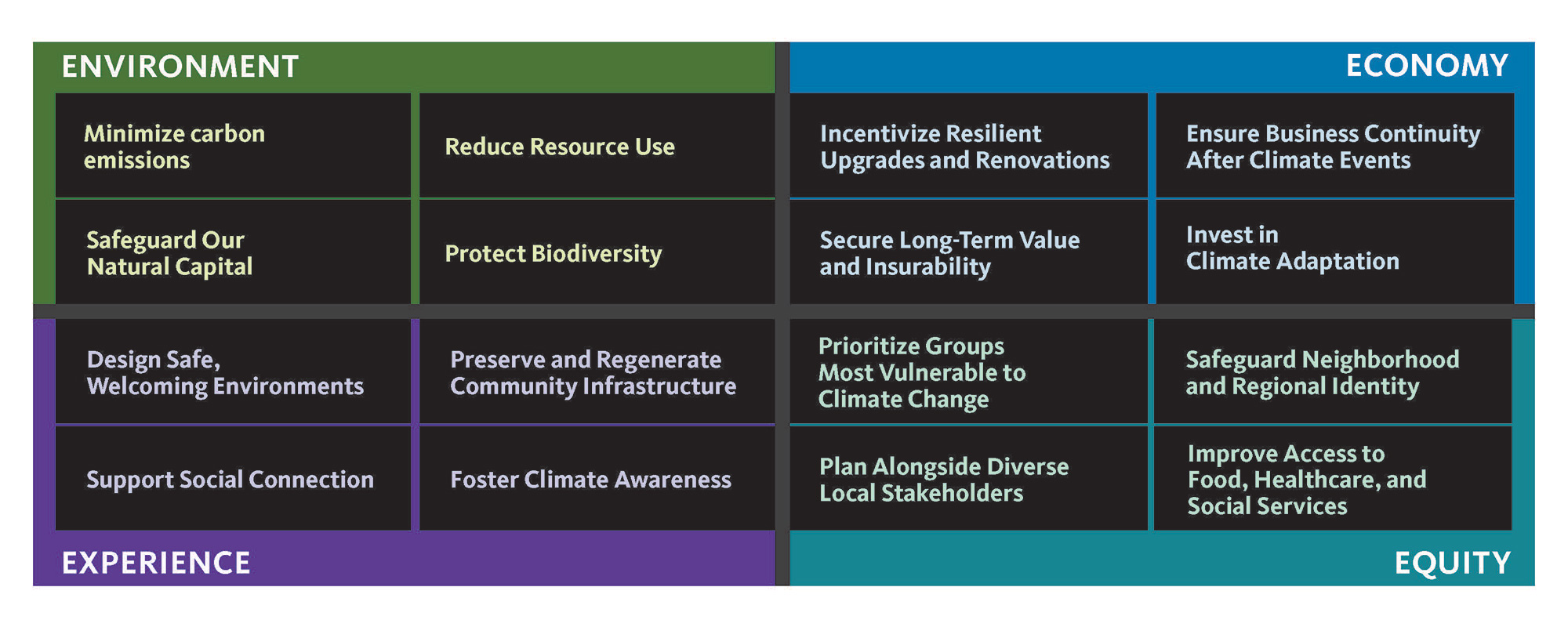
Our research informs our practice. As designers we must lay the groundwork for climate preparedness in both the design of the physical built environment and supportive human systems. It will take an integrated design methodology across all scales to answer both short- and long-term climate challenges. Gensler’s Resilience Preparedness Framework is this methodology. The framework leverages our survey results to develop concrete actions that all designers can take to address climate shifts.
Our framework consists of four action areas. Three originate from the iconic approach of the triple bottom line — Economy, Equity, and Environment. We augmented with a fourth approach: Experience. Each area of the framework is future-focused — populated with guidelines we should consider for every project in every city at every scale.
To be resilient is to be less vulnerable. Extreme weather will continue, but we can prevent each event from becoming a major disaster. By making our communities less vulnerable and more prepared for what’s to come, it’s possible that severe weather becomes less severe and perhaps more manageable. Our framework for preparedness includes not only infrastructure, but also the critical social connectivity that keeps communities holistically resilient. Successful preparedness requires supporting a community’s culture, understanding what makes it a great place to live, and growing community resources and support structures.
Like so much in 21st century urban design and planning, success will require a collaborative process that unites optimism with expertise to overcome uncertainty. There’s not one solution for resilience; every community has its own unique context that requires patient, long-term trusted engagements to arrive at a successful preparedness approach. We are ready, cities are ready, and the public is ready for smart and intentional action on climate preparedness.
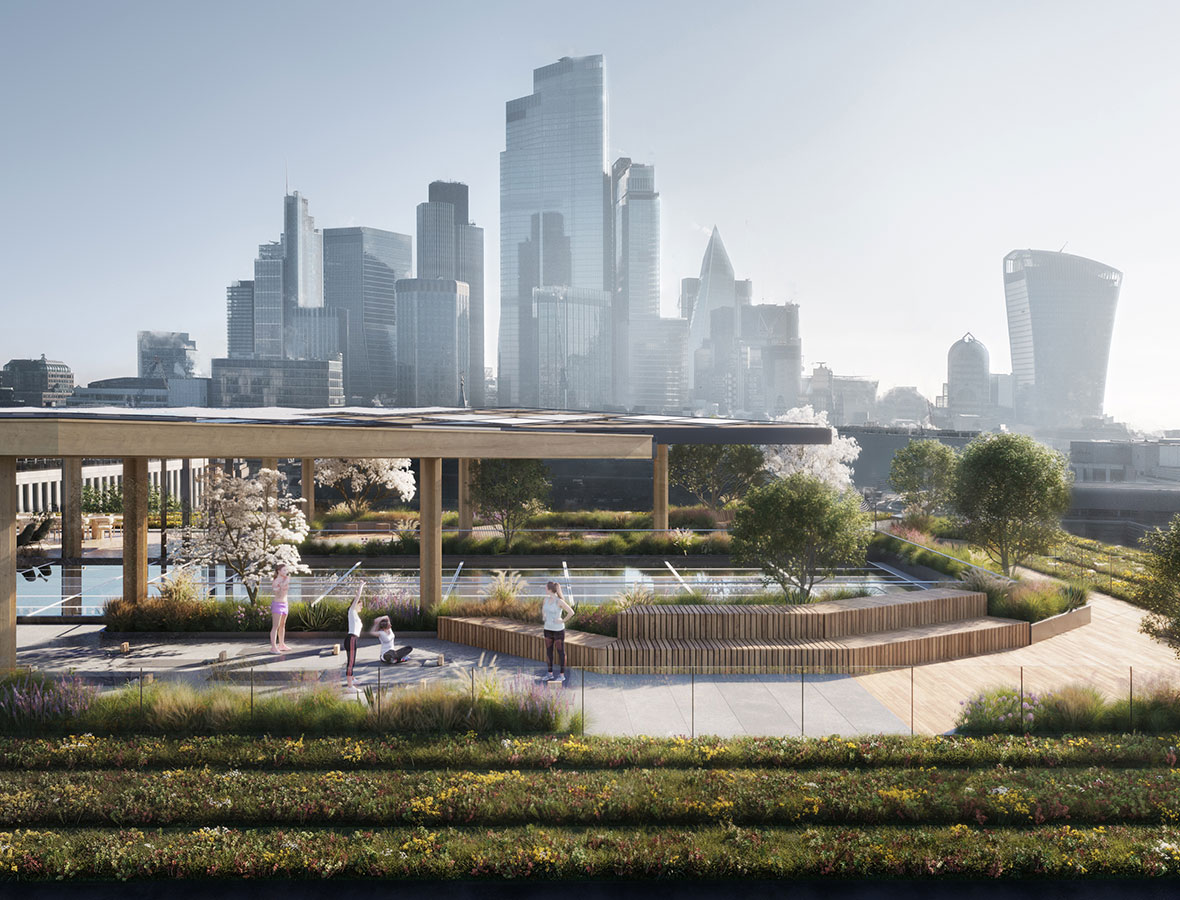
For media inquiries, email .
